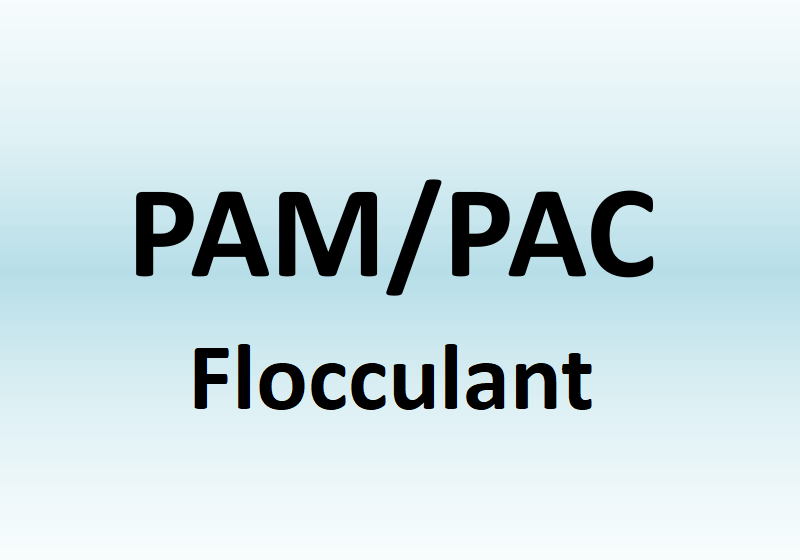Flocculant in water treatment
As a means of strengthening solid-liquid separation in the field of sewage treatment, flocculants can be used to strengthen the primary sedimentation, flotation treatment and secondary sedimentation after activated sludge process of sewage, as well as tertiary treatment or advanced treatment of sewage. When used for conditioning before dewatering of excess sludge, flocculant and coagulant aid become sludge conditioner or dehydrating agent.
The Action Mechanism of Flocculant
The colloidal particles in water are small, and their surface hydration and electrification make them stable. After being added into water, the flocculant will be hydrolyzed into charged colloid and its surrounding ions to form a micelle with double electric layer structure.
The method of rapid stirring after dosing is adopted to promote the collision opportunities and times of colloidal impurity particles in water and the micelles hydrolyzed by flocculant. Impurity particles in water lose their stability first under the action of flocculant, then agglomerate into larger particles, and then precipitate or float up in the separation facility.
The process of promoting the rapid diffusion of flocculant to water and mixing evenly with all wastewater is called Mixing.
The process that impurities in water act with flocculants to lose or reduce stability and generate micro flocs through the mechanism of compressing double electric layer and electric neutralization is called Coagulation.
The process in which micro flocs formed by coagulation grow into large flocs through the mechanism of adsorption bridging and sediment netting under the agitation of bridging materials and water flow is called Flocculation.
The combination of mixing, coagulation and flocculation is called coagulation. The mixing process is generally completed in the mixing tank of, and the coagulation and flocculation are carried out in the reaction tank sewage treatment .
The Types of Flocculant
Flocculant is a kind of substance that can reduce or eliminate the precipitation stability and polymerization stability of dispersed particles in water, and make dispersed particles agglomerate and flocculate into aggregates.
According to chemical composition, flocculants can be divided into Inorganic Flocculants, Organic Flocculants and Microbial Flocculants.
Inorganic Flocculants include aluminum salt, iron salt and their polymers.
Organic Flocculants can be divided into anionic, cationic, non-ionic, amphoteric and other types according to the charge properties of charged groups of polymeric monomers. They can also be divided into artificial and natural polymer flocculants according to their sources.
The Types of Inorganic Flocculants
The traditional inorganic flocculants are low molecular Aluminum Salt and Iron Salt.
Aluminum Salts mainly include Aluminum Sulfate (AL2 (SO4) 3 ·· 18H2O), Alum (AL2 (SO4) 3 ·· K2SO4 ·· 24H2O), and Sodium Aluminate (NaALO3).
Iron Salts mainly include ferric chloride (FeCL3 ·· 6H20), ferrous sulfate (FeSO4 ·· 6H20) and ferric sulfate (Fe2 (SO4) 3 ·· 2H20).
Generally speaking, inorganic flocculants are widely used in water treatment due to their easy availability of raw materials, simple preparation, low price and moderate treatment effect.
The Types of Inorganic Polymer Flocculants
Inorganic polymer flocculants of aluminum, iron and silicon are actually intermediate products of their hydrolysis, sol and precipitation processes, namely, hydroxy and oxy polymers of Al (Ⅲ), Fe (Ⅲ) and Si (Ⅳ). Aluminum and iron are cationic positively charged, while silicon is anionic negatively charged. Their unit molecular weight in water-soluble state is about hundreds to thousands, which can be combined to form aggregates with fractal structure.
At present, there are dozens of types of inorganic polymer flocculants in sewage treatment , with the output reaching 30%~60% of the total output of flocculants. The most commonly used and widely used is polyaluminum chloride, or PAC.
#QDEVU #WATERTREATMENT #WASTEWATERTREATMENT #SEWAGETREATMENT



